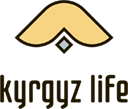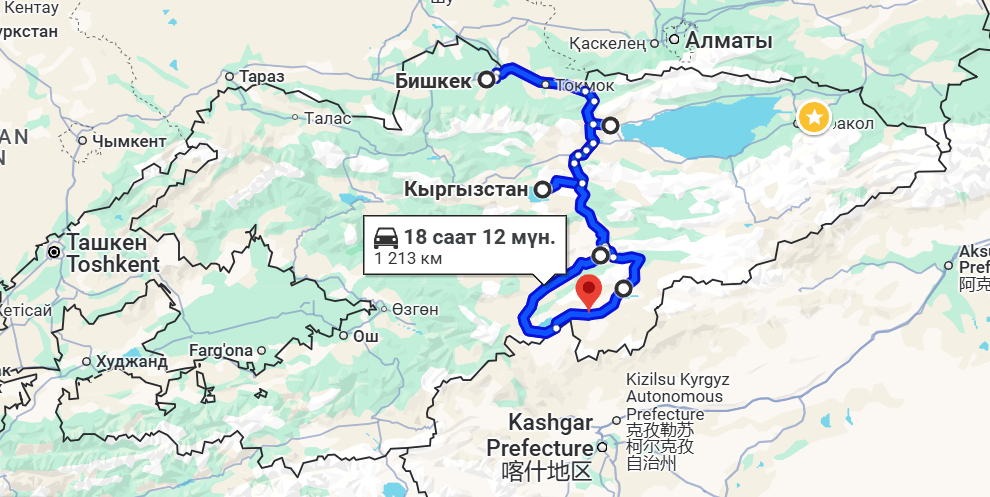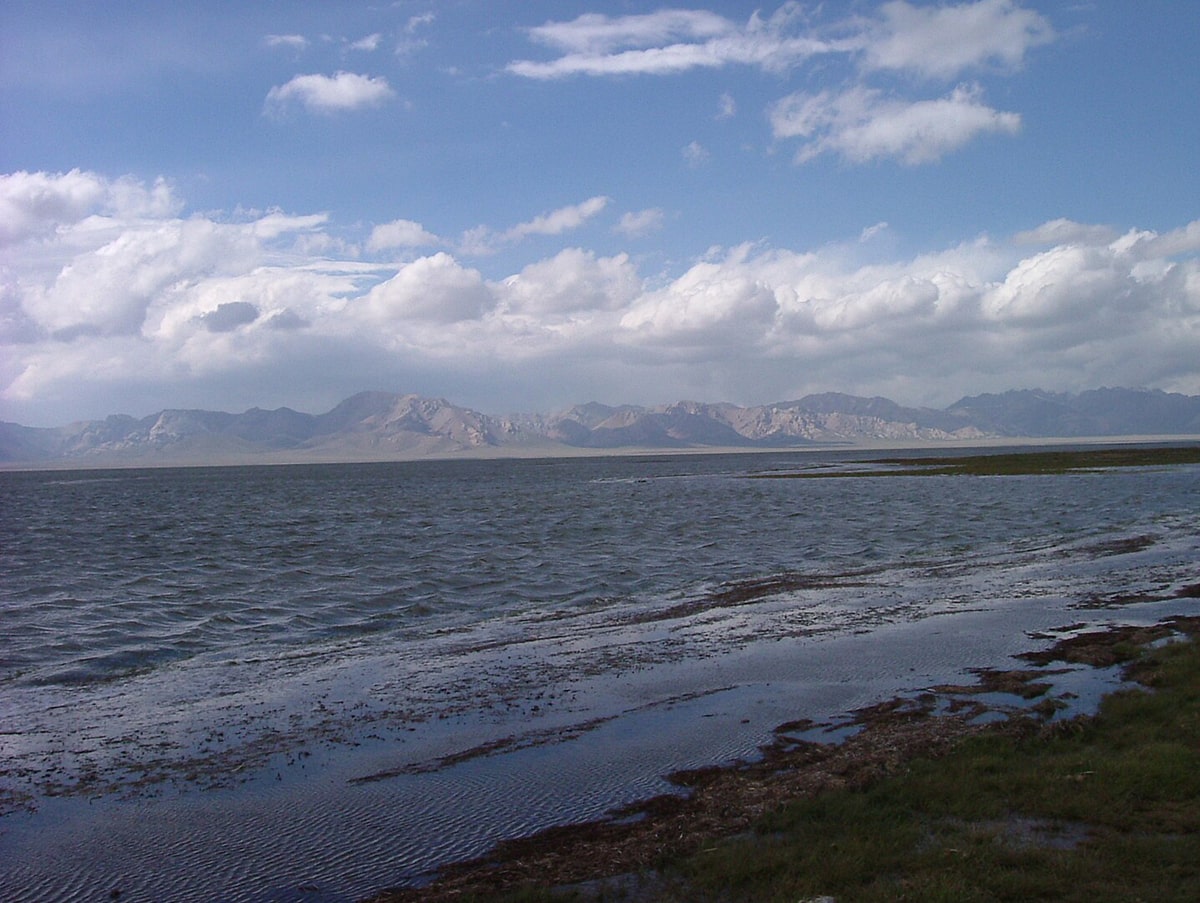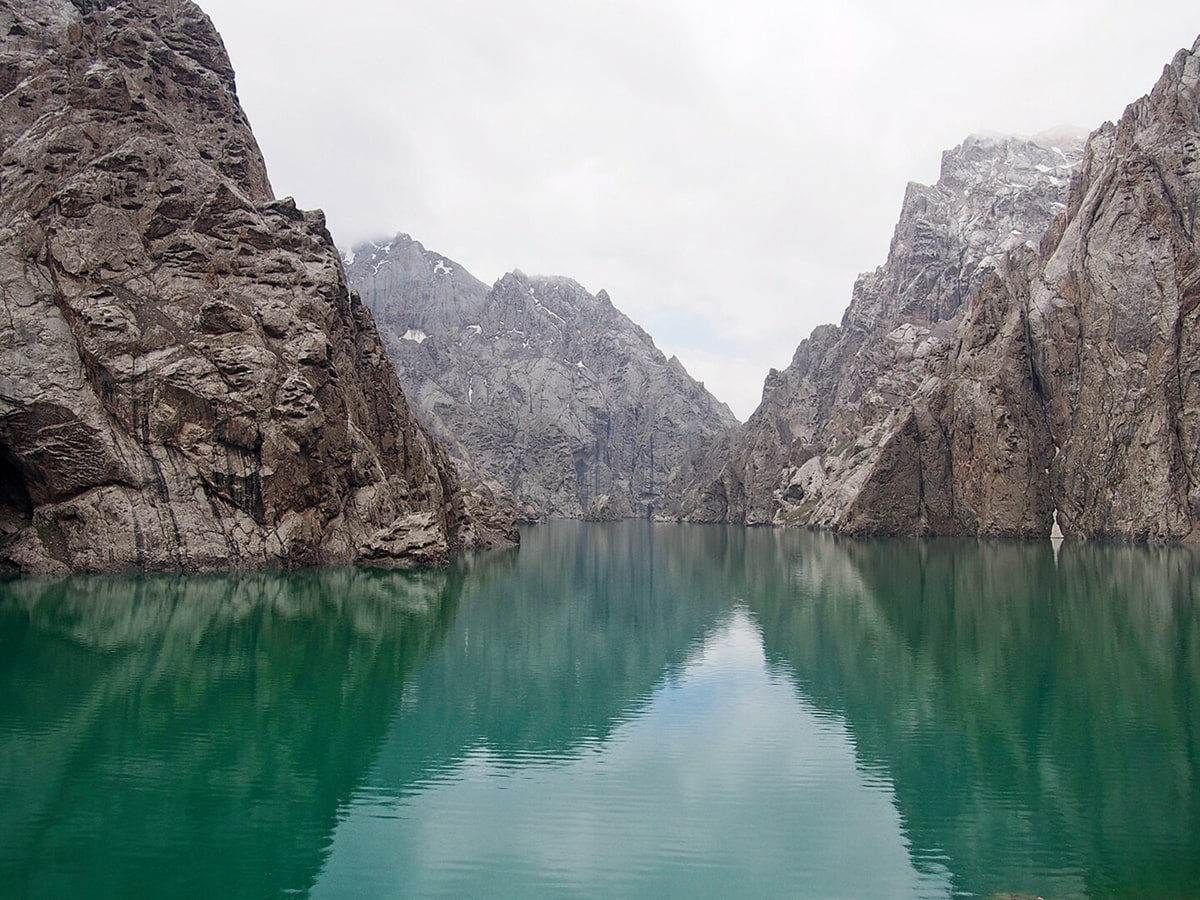4 days
Overview
Program
Places:
Best time:
Activities:
Itinerary
Day 1
After breakfast transfer together to Balykchy. Lunch. Transfer to Son-Kol lake via Kalmak-Ashuu pass which is 3400m asl. Arrival to Son-Kol lake. Few hours horse riding along the shore. Dinner and overnight in yurts.
Day 2
As the sunrise hits us at Song Kul, you can see how the locals milk their cows, make breakfast, and start their daily routine. We say goodbye to our hosts and then drive towards Kel-Suu, the hidden lake in the country. Transfer to Kel-Suu lake via Naryn. Lunch in Naryn. If the road is good the driver will make a circle via Chatyr-Kol lake and show also Tash Rabat caravanserai. You will reach our destination late. The road from Naryn to Kel-Suu takes 5-6hours. So, we will have dinner and rest after arrival.
DAY FACTS
Day 3
Breakfast. We take horses and ride up to the lake Kel-Suu. It takes 1-1,5 hours to reach the lake. The you can take a boat and explore middle part of the lake. Lunch we will have after when we back to the camp. Drive back to Naryn. Rest in hotel. Dinner in restaurant.
DAY FACTS
Day 4
Transfer to Bishkek. It is over 320km drive. Lunch on the way. Accommodation in hotel. Rest.
DAY FACTS
Included:
- Transport
- Accommodation
- Meals
- Driver guide
- Horses
- Border permit
Not Included:
- Insurance
- Alcohol
- Any additional services
Useful information
Clothing
- Layered Clothing: To adjust to varying temperatures, bring lightweight, breathable layers for daytime activities and warmer layers for cooler evenings.
- Waterproof Jacket and Pants: Essential for protection against rain and wind.
- Comfortable Hiking Boots: Sturdy, well-fitting boots with good ankle support are crucial for trekking and hiking.
- Warm Hat and Gloves: Even in summer, higher altitudes can be chilly.
- Swimwear: For potential swimming opportunities in lakes or hot springs.
Gear
- Daypack: A comfortable backpack for carrying essentials during daily activities.
- Sleeping Bag: While provided at camps, you may prefer your own for added comfort.
- Headlamp or Flashlight: For use in yurts, tents, and during night activities.
- Reusable Water Bottle: Stay hydrated and reduce plastic waste.
Personal Items
- Sunscreen and Lip Balm: High SPF to protect against strong mountain sun.
- Sunglasses: With UV protection.
- Personal Medications: Ensure you have enough for the entire trip.
- Toiletries: Biodegradable soap, toothpaste, toothbrush, and other personal hygiene items.
Documents and Money
- Passport and Visa (if required): Ensure your passport is valid for at least six months beyond your travel dates.
- Travel Insurance: Including coverage for trekking and horseback riding.
Miscellaneous
- Camera and Batteries: To capture the stunning landscapes and memorable moments.
- Power Bank: To charge your electronic devices when outlets are unavailable.
- Notebook and Pen: For journaling your experiences or jotting down important information.
FAQ
1.Physical Fitness: The trek involves moderate to challenging terrain with steep ascents and descents. A good level of cardiovascular fitness is important. If you regularly engage in activities like hiking, running, or cycling, you should be well-prepared.
2.Duration of Trekking: You will be trekking for several hours each day (5-6 hours on average), so it’s helpful to have endurance for sustained activity.
3.Altitude: The trek reaches elevations up to 3,650 meters (11,975 feet). If you have not hiked at high altitudes before, it may take some acclimatization, and you should be aware of altitude sickness symptoms.
4.Preparation: Prior training can help. Incorporate hikes with elevation gain into your routine, and practice carrying a daypack.
5.Consult a Professional: If you have any health concerns or pre-existing conditions, consider consulting a healthcare provider before undertaking the trek.
If you regularly engage in physical activity and are comfortable with longer hikes, you should be fit enough for this adventure!
1.Water Availability: Fresh water is usually available from natural sources along the trekking route. Make sure to refill your water bottles whenever you have the opportunity.
2.Water Purification: It’s advisable to purify water from natural sources to prevent illness. You can use water purification tablets, filters, or boil water to ensure it’s safe to drink.
3.Hydration Tips:
- Drink Regularly: Don’t wait until you’re thirsty to drink water. Aim to drink small amounts regularly throughout the day.
- Monitor Color: Check the color of your urine; pale yellow indicates good hydration, while dark yellow may indicate dehydration.
- Electrolytes: Consider bringing electrolyte tablets or powders to add to your water, especially if you’re sweating a lot.
4.Daily Intake: Aim to drink at least 2-3 liters of water daily, more if you’re sweating heavily or if the weather is hot.
5.During the Trek: Carry a refillable water bottle or hydration system in your daypack for easy access while hiking.v By staying well-hydrated, you’ll maintain your energy levels and enjoy your trekking experience more!





